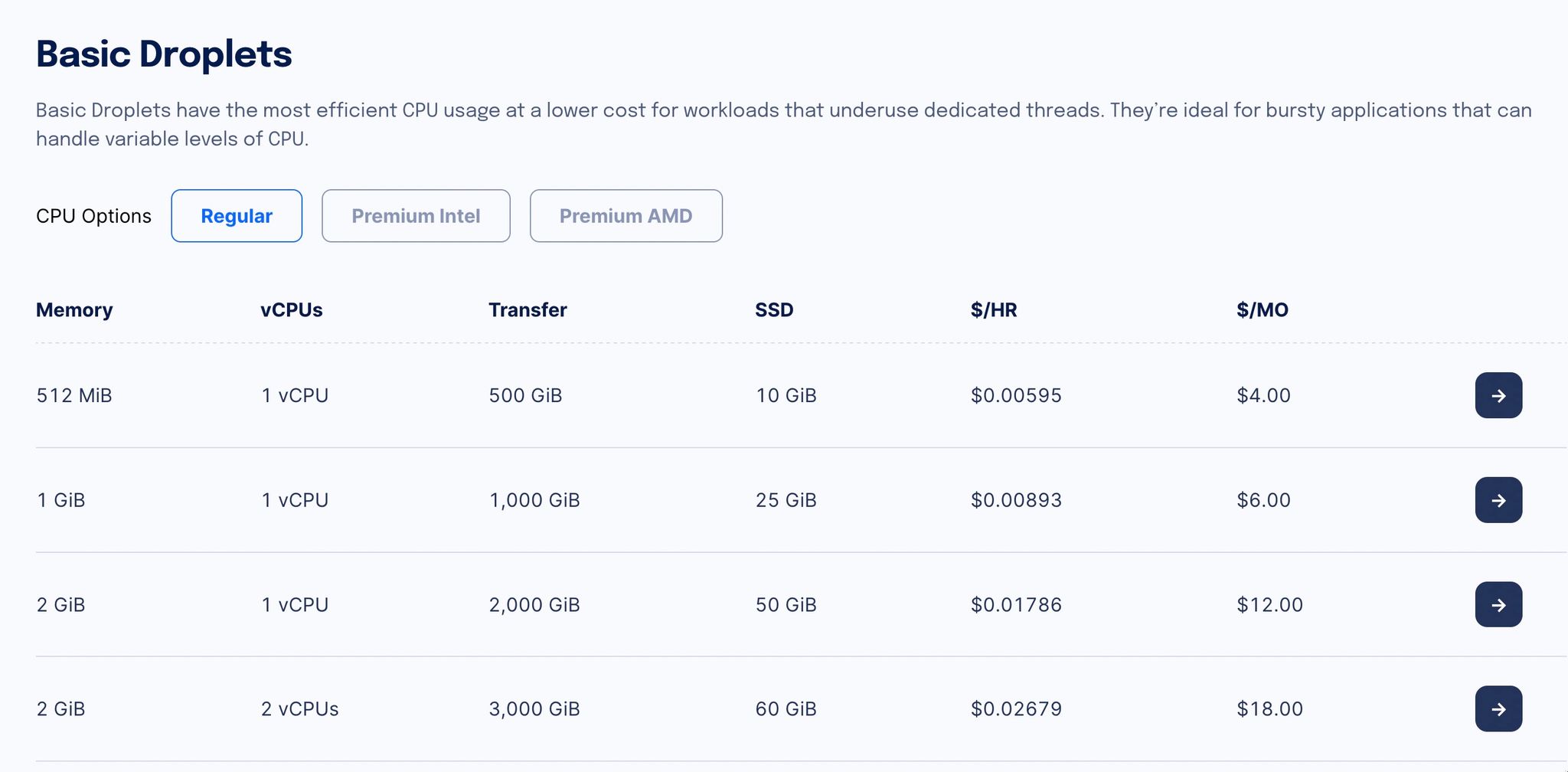The challenge of the business model
At our workshop in Berlin we had a fruitful discussion on the business model of (digital) resource provisioners (hosting companies, cloud infrastructure providers, managed service providers). The challenge is clear: The current business model benefits from the inefficiency of IT applications as well as non-productive workloads. This challenge is not new, as many economic actors offering commodities (e.g. electrical utilities) want to maximize the utilization of their assets and hence sell as many resources as possible. However most of these businesses are strongly regulated to ensure no overselling or demand-building occurs (e.g. a utility giving away electric heaters to every household).
Taking this challenge and rephrasing it into a positive challenge: What does a sustainable business model for generating & provisioning digital resources look like?
Pricing carbon emissions rather than energy & asset lease
In order to price in externalities such as carbon emissions, a new pricing model for digital resource reservations (GB of memory, CPU cycles, storage, network bandwidth) could be thought of that includes the carbon emissions caused by the reservation.

In this scenario every provider would publish the emissions per digital resource (and potentially classify them for different ‘qualities’ of digital resources, e.g. high-performance, storage-intense, memory-intense) and pricing would broken out into all of its components:
- Share of asset value (underlying share of leasing cost of IT equipment)
- Share of maintenance costs (support staff, 24/7 monitoring, etc.)
- Energy costs (variable based on actual usage)
- A carbon price per kg of carbon caused
This would also lead to a more spot-price based pricing model instead of low-cost, fixed price and greater transparency on the cost drivers. Both the energy costs and emissions from energy would be variable and would be calculated either on an hourly or monthly basis to provide accurate price signals to the customer.
Setting thresholds for environmental impact per digital resource
Building on the business model above, if every provisioner of digital resources calculates and publishes the environmental impact of each digital resource (e.g. broken down by different performance classes) they are generated, it becomes possible for a policy intervention to set thresholds, e.g. on how much environmental impact is tolerated by society for a given digital resource production.
This intervention would create competition on reducing the environmental impact of digital resources and would create a level playing field, especially in conjunction with a standardized methodology and a fixed ‘add-on’ impact costs that all providers have to charge.
Penalizing waste
Another potential business model would be to charge customers not for the digital resources they are using, but rather charge for the idling resources they are not using. It is common in IT to purchase ‘blocks’ of digital resources, e.g. in the form of virtual machines that often have more digital resources than are actually needed. Providers commonly adjust for this by oversubscribing servers, e.g. selling the available digital resources multiple times, knowing that no single customer will ever use all of the resources they have reserved.
Pricing waste & idling capacity can also help accelerate the shift to more serverless or functions-based infrastructure that is only running when it’s needed as well as towards containerization. This shift would allow providers to compress even more IT applications into the same of infrastructure, which would increase the efficiency dramatically.
Enterprise: Transparent attribution of IT costs to infrastructure
Many enterprises are disconnecting the data center facilities, the buildings themselves, as well as the energy use from the IT infrastructure teams. That does not help in making IT aware of the total costs & total environmental impact they are causing with their infrastructure and makes it difficult to attribute costs & impact to each application.
This can be easily addressed by the CFO & finance departments allocating costs of each data center facility as well as the energy use of each facility to the IT departments, not to increase their cost center (although it will) but to enable the IT departments to act on these signals.
Breaking down the true costs of digital resources
Another approach discussed during our workshop in Berlin was the invoice itself, and breaking down the total costs, including environmental costs to the customer. Similar to the break-down in the carbon-based business model, this could include the following cost categories:
- Cost share of asset value (underlying share of leasing cost of IT equipment)
- Cost share of maintenance costs (support staff, 24/7 monitoring, etc.)
- Attributable energy costs
- A carbon offset price for embodied carbon
- A carbon offset price for operational carbon from energy use
This might not change behavior but it introduced transparency and the environmental cost vector into the reporting itself.
Summary
Pricing the externalities of environmental impact into the business model remains challenging, especially as there is no fixed price for carbon emissions or any other environmental impacts, so each provider would have to come up with their own, or at least agree on carbon prices with their peers. It’s unlikely that a single provider will raise prices, accounting for the externalities, without regulators ensuring that everyone else has to follow.
